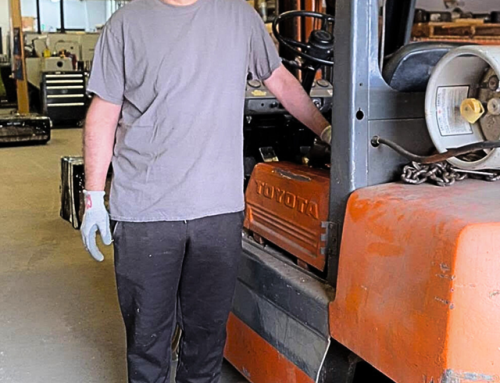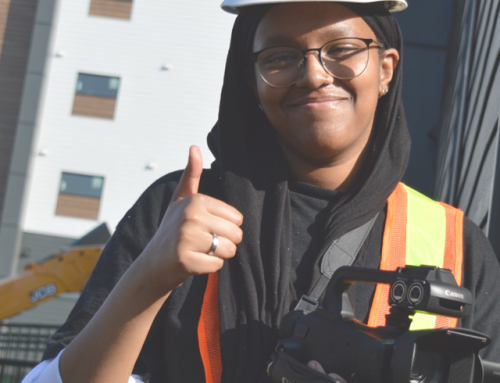CBC – Thu, 20 Mar, 2014
When Christie Lavallée was just three and a half years old, she underwent brain surgery to remove a cancerous tumour. It left her blind in one eye and with just 40 per cent vision in her other eye.
Now at 19, she is ranked first in the country at the Canadian National 3D Indoor Archery Championships in the women’s junior compound – a sport that depends on vision and accuracy.
“In spite of what she has been through she has never felt sorry for herself,” said her father Wilf Lavallée. “In fact it seems to make her more determined to achieve the goals she sets for herself. She never chooses the easy path,” he adds.
It was this determination that the elder Lavallée cites as the reason for nominating his youngest daughter for an Indspire Award.
When Lavallée was younger, she had bought herself a plastic toy bow with suction cup arrows to play with. It wasn’t long after that her uncle gave her a real bow.
“From there I decided to get another bow of my own and from there my competitive archery took off,” she smiles.
Lavallée shoots at life size artificial animal targets. Although 3D archery is not an Olympic sport, the 19-year-old is hopeful she will qualify for the 2015 world championships held in Europe.
Lavallée has learned to adapt her shooting to compensate for her visual limitations.
She has no depth perception or peripheral vision. She cannot legally drive a car, but she can shoot a bow well enough that she is ranked first for her age group.
“It’s a very visual sport [but] that doesn’t stop me from competing in the sport I love. I have picked up on many different techniques over the years that have helped me in my competitions,” says Lavallée.
She is in her first year studies at the University of Manitoba with the goal of becoming a pediatric oncologist.
“I grew up as an oncology patient and this inspired me to want to help people and kids that are going through the same thing I went through,” said Lavallée.
As if being ranked at the top in her sport and attending university to become a doctor isn’t enough, Lavallée has been dancing for the past decade with a traditional Métis square-dancing group. It consists of a team of eight people split into four couples with traditional stepping and original dances.
“At first it started off as a program for the youth to learn how to dance, then it got to the point where we started to compete in competitions and we were asked to perform at various events,” she said.
Another part of her Métis heritage that Lavallée honours is hunting. She mostly hunts duck but will also hunt deer in the fall as well.
“I try to use as much of the animal as I can because I don’t like to waste anything,” she says.
It’s a philosophy that has followed her into every aspect of her life.







